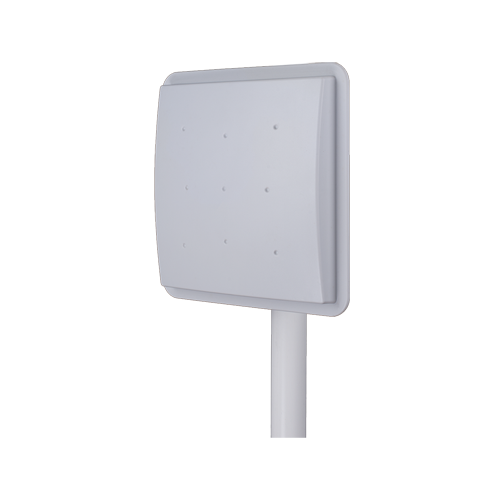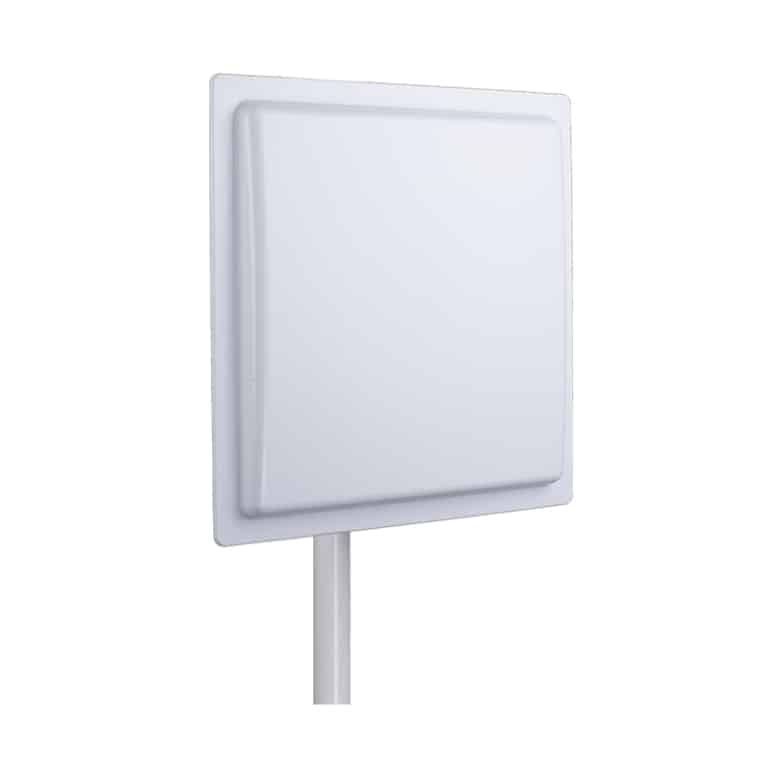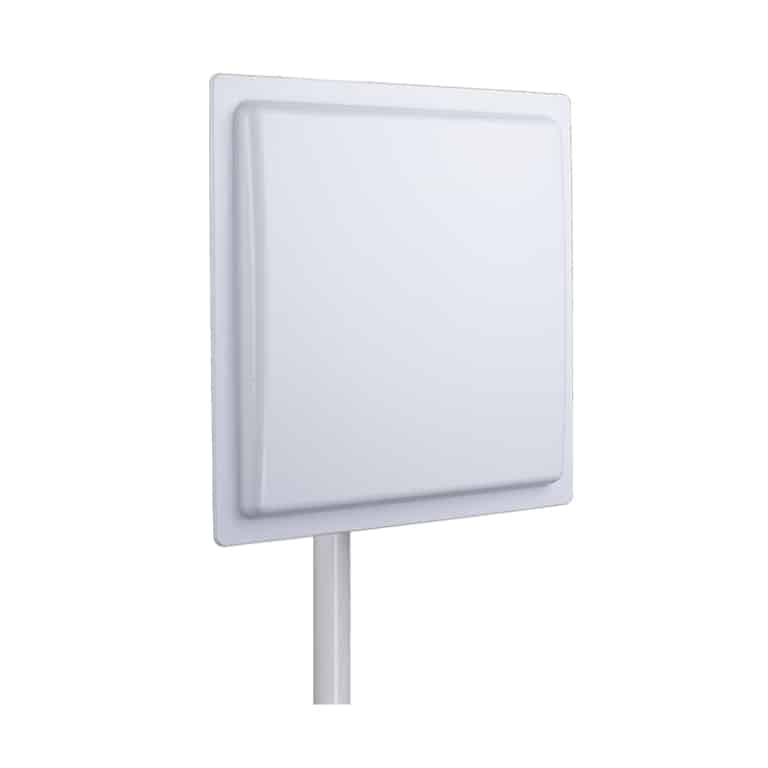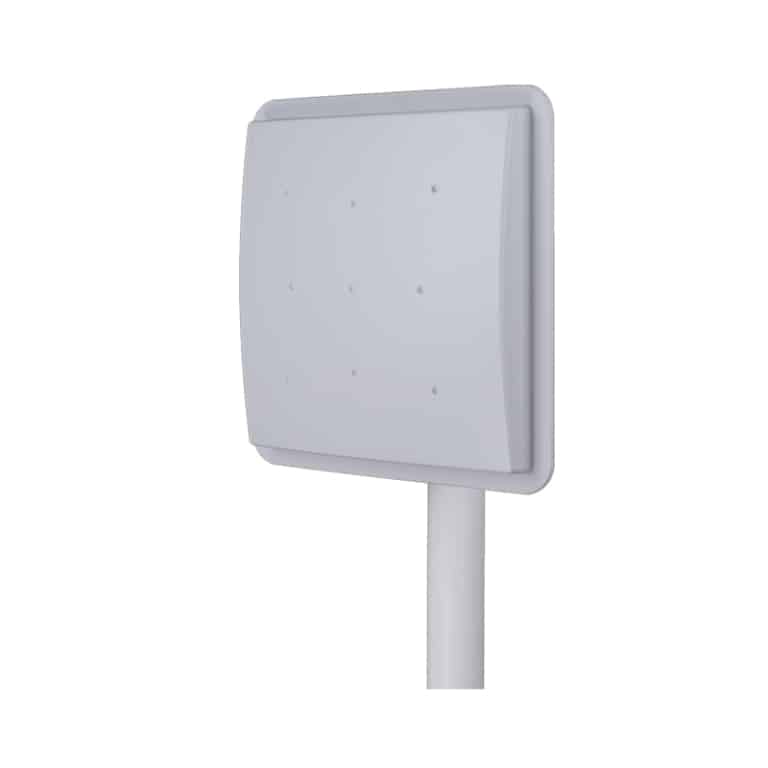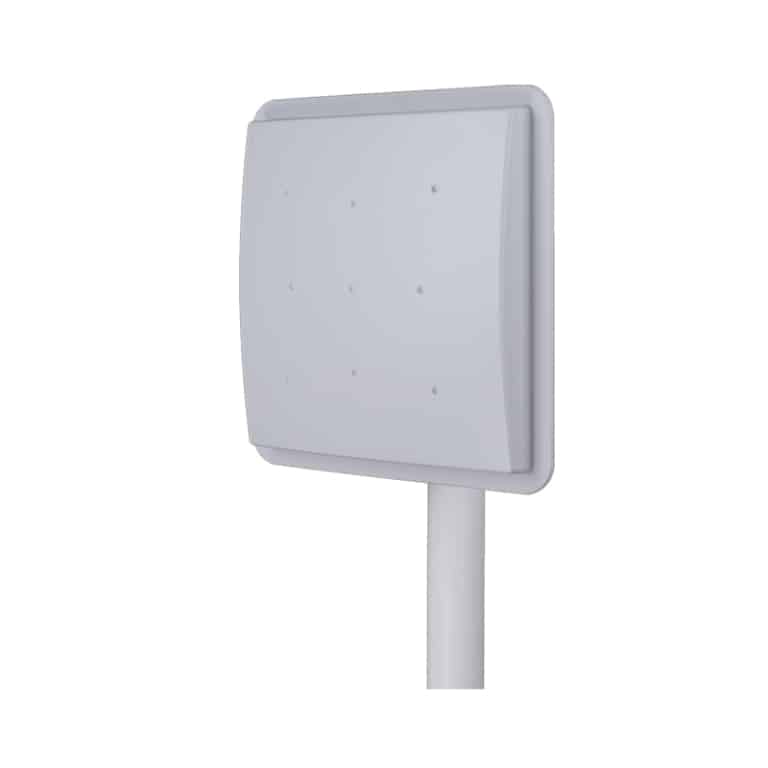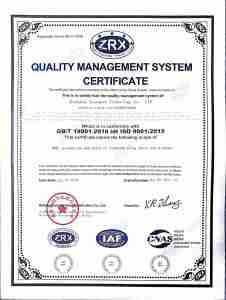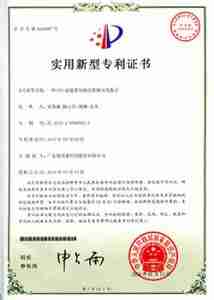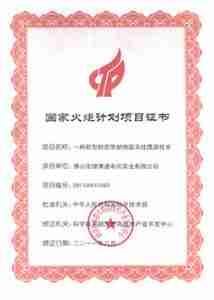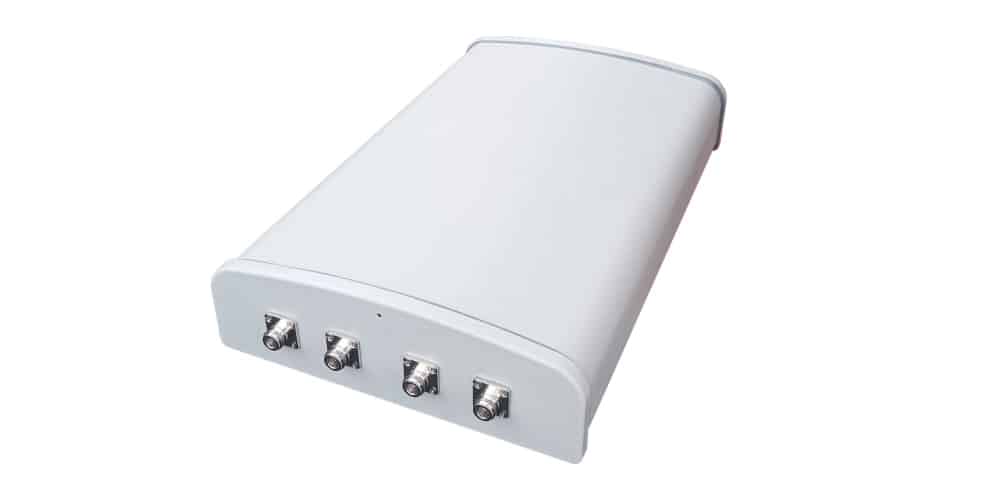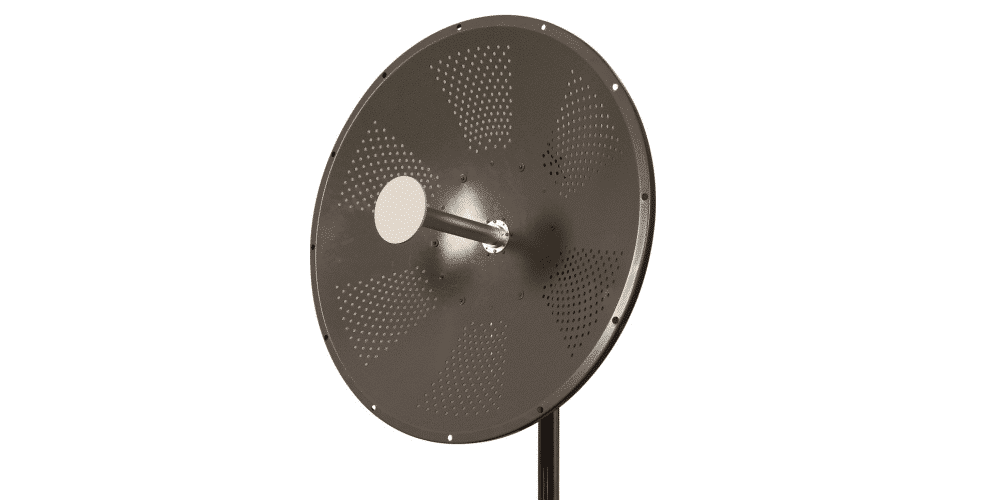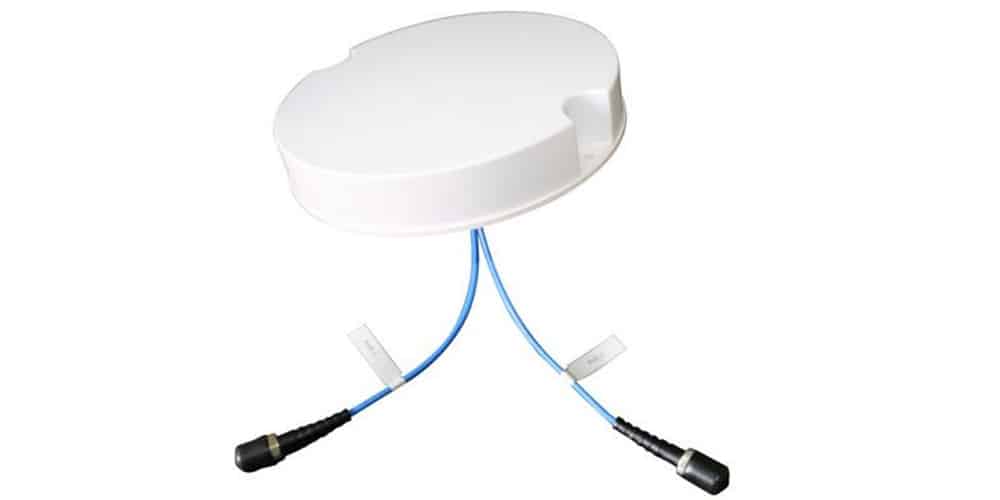Introduction
RFID or Radio Frequency Identification technology is one of the leading technologies in the wireless communications and IoT industry. This article aims to provide a brief understanding of the working principle of RFID antennas which can be considered as the most essential component in an RFID system. Initially, a short introduction to an RFID system is provided to understand an RFID system. Then, a brief note on RFID antennas is provided with different types of RFID antennas and how they work. Moreover, different applications of RFID antennas are discussed alongside their advantages and disadvantages. Finally, the article also discusses future trends of RFID antennas. This article will serve as a concise reference for deciding the best RFID antenna for your application.
Understanding RFID technology
First, we will investigate the details of RFID technology. Radio frequency technology is one of the oldest methods of wireless communication in the modern era. However, it is still one of the prominent technologies in modern wireless communications. RFID refers to the use of radio frequency for near-field communication. A typical RFID system consists of a reader and a tag. The RFID reader is responsible for reading messages via the tag. Apart from the reader and the tag, the RFID antenna is another essential and critical component that is responsible for transmitting and receiving radio frequency information. In an RFID system, a tag stores the information required to be transmitted to the reader. The reader is responsible for receiving any information transmitted through a user or an identifier.
What is an RFID antenna?
RFID antennas are responsible for converting the RFID user signal to an RF signal and receiving and converting it back to an RFID user signal. However, RFID antennas are also used as alternatives to RFID readers in some applications. But unlike the readers, RFID antennas are passive devices that require an additional power source when there is no reader in the RFID system.
There are different types of RFID antennas depending on many aspects. Some of the most prominent types of RFID antennas are,
- Active RFID antenna: These antennas are equipped with a reader that provides power for the antenna element’s operation.
- Passive RFID antenna: These antennas operate by harvesting the power of the transmitted signal. This power is generated due to the EM field effects created near the antenna.
Apart from these two types of antennas, there exist semi-passive RFID antennas, which utilize an additional power source.
Apart from this classification of RFID antennas, they are also categorized as follows,
- Panel antennas – These antennas are the most widely used RFID antennas. They are used in applications such as asset tracking, and supply chain management.
- Portal antennas – These portal antennas provide a gateway so that the RFID tag data can be collected while the tag moves through the gateway. These antennas are used in inventory checking, documentary checking, and returnable transit items.
- Shelf antennas – These antennas are designed to read RFID tags mounted on top or right above them. These antennas are widely used in supermarkets and other retail businesses.
- Ground antennas – These antennas are placed on the ground, where the RFID tag-mounted person/equipment can be carried over it for transmitting data. These antennas are used in applications such as asset tracking in warehouses, and attendee checking systems.
- Desktop antennas – This is the name given for a wide range of RFID antennas that operate at short distances at the range of about 3 to 5 inches. These antennas are used in library checking systems, file documentation systems, and point-of-sale (POS) machines.
Furthermore, apart from these antenna classifications, RFID antennas are also categorized based on the operating frequency range such as UHF, VHF, and microwave.
A final type of RFID antenna classification includes the classification of RFID antennas based on their polarization and range of operation. These antennas are as follows:
- Linear polarized RFID antennas: These antennas provide linearly polarized coverage and yield a considerable reading range. These antennas are mostly suitable for applications with targets that are stationary
- Circular polarized RFID antennas: These antennas provide a circularly polarized coverage with a minimum reading range. These antennas are ideal for applications with moving targets.
- Near-field antennas: These antennas have a strong magnetic field at the wavelength of frequency of operation.
- Far-field antennas: These antennas have a strong magnetic field at their far-field and are suitable for stationary long-range targets.
How do RFID antennas work?
RFID antennas are the main elements in an RFID system responsible for transmitting and receiving RF signals. However, in some systems, RFID antennas replace the receivers (RFID readers) and act as passive elements. Initially, the RFID antenna emits radio signals, these signals create an electromagnetic field near the antenna. Then, when an RFID tag enters this electromagnetic field, the antenna on the RFID tag receives the signal emitted by the initial antenna. Also, a unique identifier is sent by the tag to the reader via the antennas after which will be authenticated by the receiver. Finally, communication is established between the reader and the tag.
Design and characteristics of RFID antennas
The main characteristics that define RFID antennas are as follows:
- Frequency of operation: This depends on the target and information required to be transmitted. Depending on the frequency range RFID antennas can be UHF, VHF, HF, and microwave antennas.
- Range of operation: RFID antennas can be designed to achieve a strong magnetic field in its near-field or far-field. Moreover, the expected range of operation depends on the nature of the user application.
- Nature of the targets: Another critical factor in selecting the correct RFID antenna is the nature of the target (RFID tag) involved in the application. Depending on the target dynamics, size, and material the RFID antenna might change.
- Polarization and directivity: This factor ensures directional gain in accordance with the user application.
RFID antennas come in different form factors, which conversely depend on the type of RFID antenna used and the nature of the application. For example, ground RFID antennas can be as large as the size of a door, while desktop RFID antennas are integrated into POS machines in retail shops.
Applications of RFID antennas
Different types of RFID antennas are used in a wide range of applications, some of the prominent applications are as follows:
- Inventory management
- Supply chain logistics and tracking: This a trending application to track down fleets under operation
- Access control and security: Attendee marking systems, and library checking systems are some examples
- Asset tracking
- Environmental and warehouse monitoring systems
Advantages and limitations of RFID antennas
Some of the advantages of RFID antennas include:
- Small form factor enabling easy integration in day-to-day tasks. For example, POS machines.
- Accuracy of information gathering. RFID antennas are only capable of receiving information from known identifiers.
- Efficiency of operation.
However, RFID antennas come with some limitations as well. Some of the most prominent limitations are:
- Interference: Most of the RFID antennas are prone to interference due to their structure and nature of operation
- Cost of production: When compared to microstrip antennas, most of the RFID antennas are costly to manufacture.
Future trends in RFID antenna technology
RFID antennas are now becoming popular in IoT devices, for different applications such as asset tracking, fleet management, and environmental condition monitoring applications. Moreover, they are also widely adapted in automobile and security industries to build more robust systems based on RFID technology.
Conclusion
We discussed the working principle and different types of RFID antennas. Moreover, we also outlined some of the prominent applications for different types of RFID antennas. Furthermore, we briefly outlined some of the advantages and limitations of RFID antennas along with a short insight into the future of RFID antennas.

